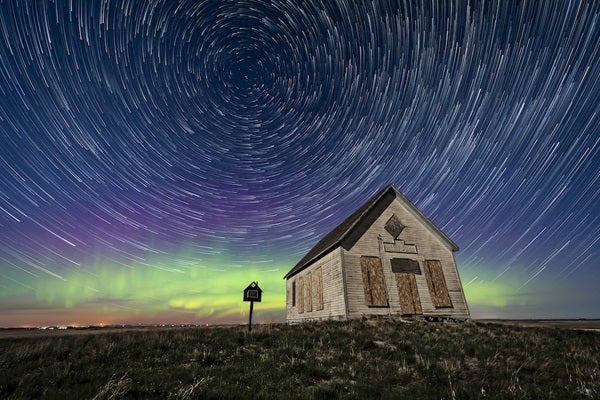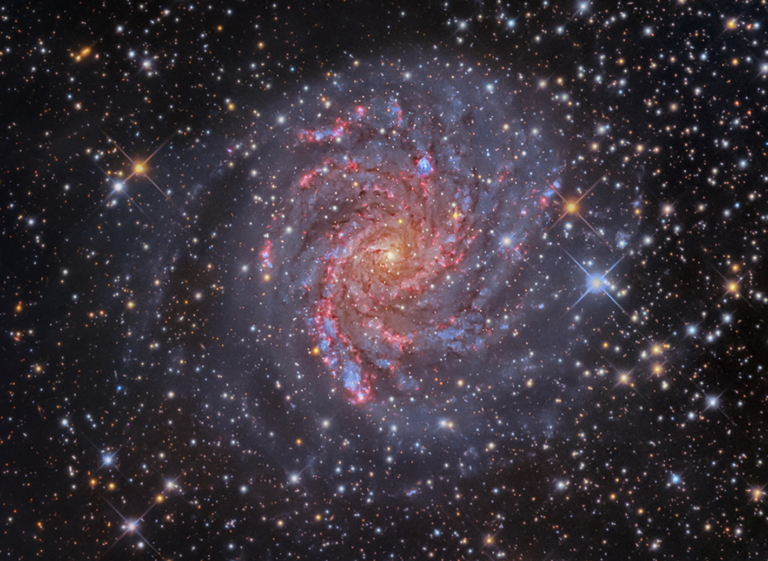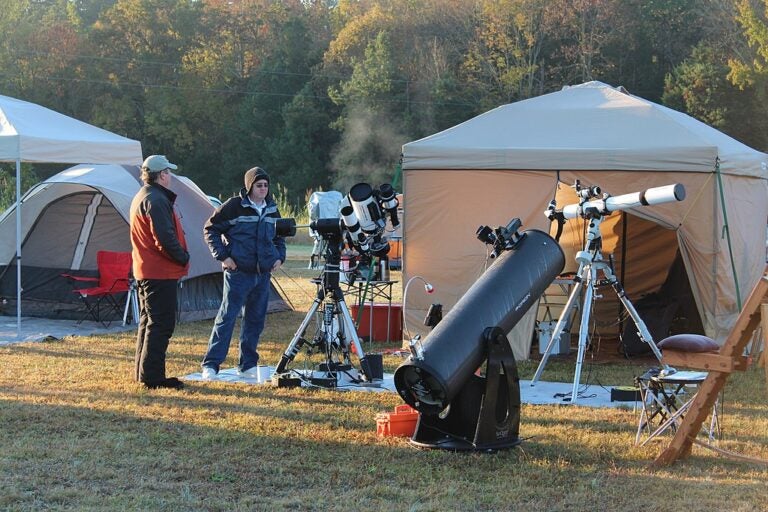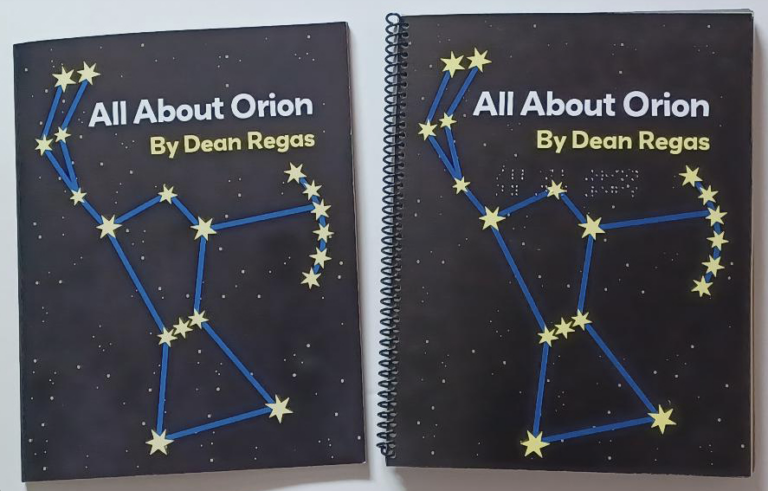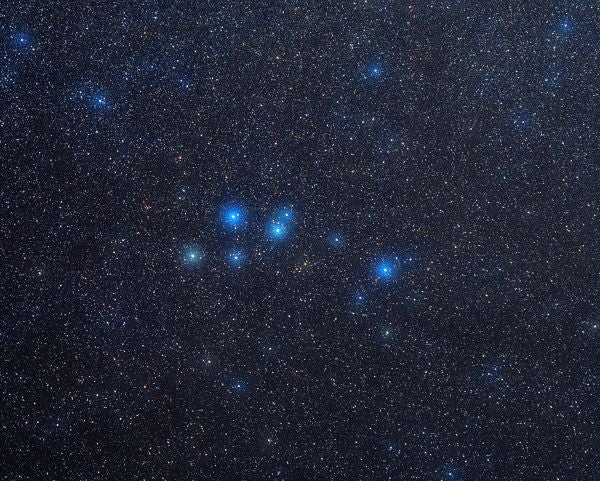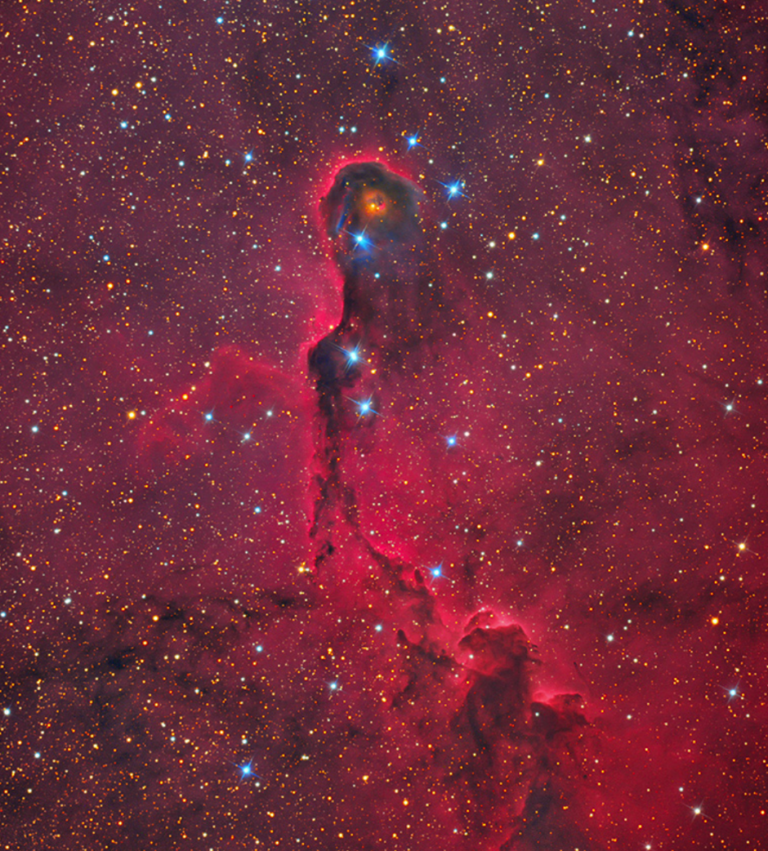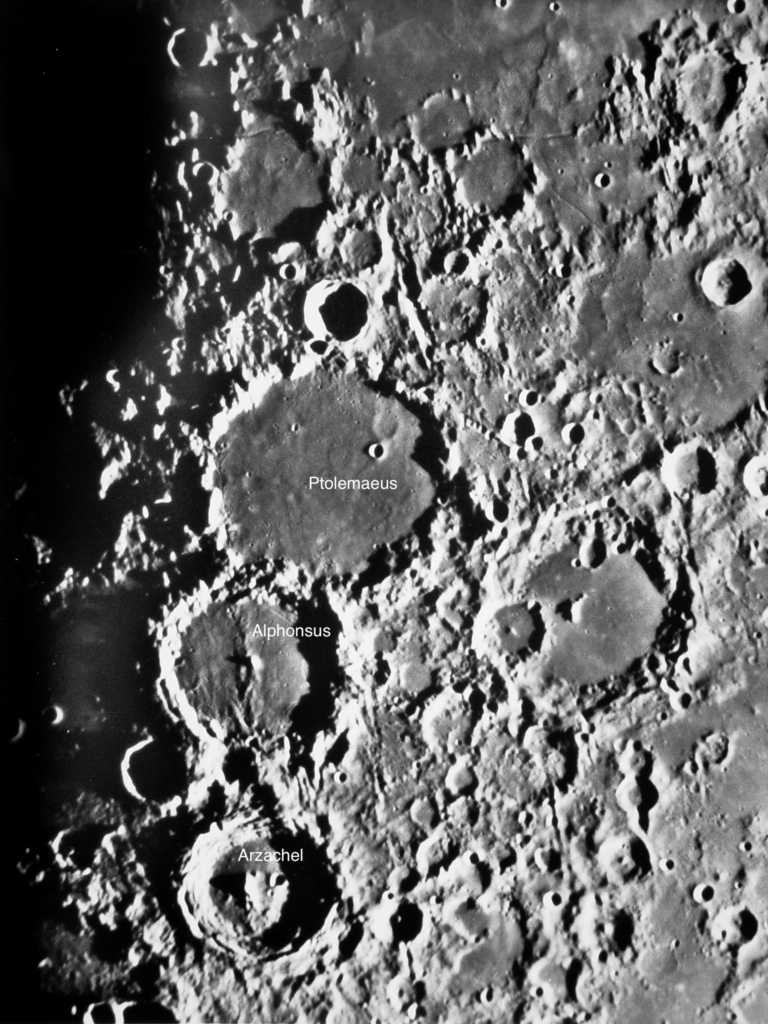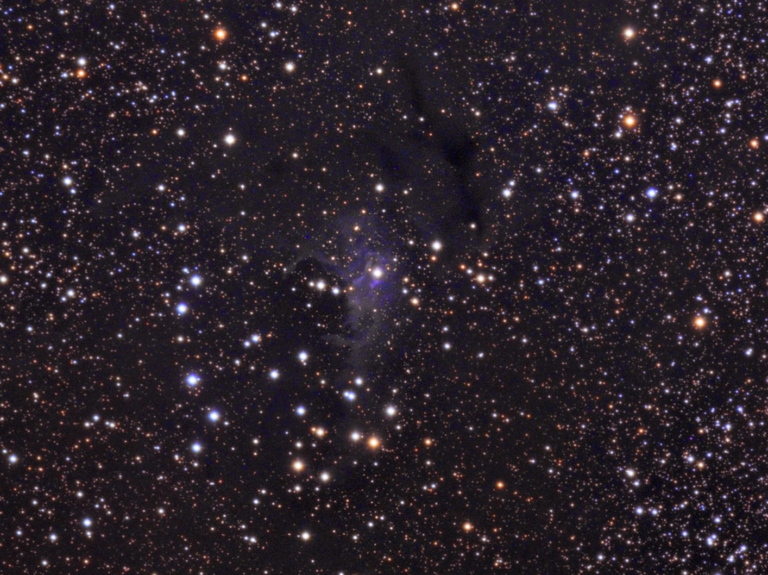This month, we’re going to step away from our usual observing content and instead take a look at the psychology of skygazing. In short, we’ll ruminate on what makes us backyard astronomers tick. Why do we prefer reading Astronomy to, say, Field & Stream, Better Homes and Gardens, or Popular Mechanics? What compels us go outside on a clear starlit evening and gaze heavenward while our neighbors are indoors watching TV or playing games?
I used to think a proclivity for backyard astronomy had to do with a love of the outdoors. That might be because my three favorite activities are stargazing, fishing, and recreational running. All involve being out in open air, away from the confines of home or workplace. But nowadays, there’s a growing cadre of indoor astronomers who explore the night sky via a computer linked to a remotely placed telescope. To me, that proves that a passion for amateur astronomy has to do with more than just satiating an urge to be outdoors.
Perhaps personality type plays a role? Years ago, I took a Myers-Briggs personality test at the middle school where I taught. I won’t get into a discussion of the veracity of Myers-Briggs (it’s discredited by a majority of clinical psychologists), and I don’t recall my ultimate four-letter personality type, but I do remember that I was categorized as an introvert. At the time, I imagined an introvert to be a stereotypical wallflower — quiet, shy, and withdrawn. Yet I was that 7th-grade science teacher who once did an Elvis Presley impersonation at the middle school talent show. Still, I have to admit that when I wasn’t singing “All Shook Up” in front of 500 preteens, running a marathon with hundreds of others, or competing in a bass-fishing tournament, I really preferred my alone time. An evening under the stars with just my telescope was a soul-refreshing occasion — although the same could be said for reading a good book or binging the latest Netflix show.
Curiosity! That has to be a personality trait that all amateur astronomers share. I’ve always maintained that the best scientists are 4-year-olds who wonder why the sky is blue, what clouds are made of, and what causes the wind. Amateur astronomers (dare I say all astronomers, professionals included) never lost that childhood curiosity. As adults, we now ask more advanced questions: What causes the ruddy appearance of Jupiter’s Red Spot? What is the composition of a typical emission nebula? What is the driving force behind the solar wind? But even these questions stem from the same curiosity that kids have to understand the world around them.
Patience is also a virtue, especially for the backyard astronomer. It took plenty of patience for humanity to become familiar with the basic stars and constellations, and we’re still learning how to best build and utilize telescopes to explore the wonders the night sky has to offer. The inspiring images that appear at the back of this magazine were taken by amateur astronomers who dedicated many hours to learning and perfecting their craft. And an impatient person would never be able to handle a telescope-making project.
Let’s get back now to the psychology of skygazing. Perhaps backyard astronomers are largely outdoor-loving, introverted, curiosity-driven, and patient. But why are some of us primarily visual observers, while others engage in astroimaging? Why do some feel the urge to devote an entire evening to a Messier or Double Star Marathon while others are content spending a relaxed hour or two hopping between a handful of celestial targets? Why do some focus on deep-sky objects while others prefer to observe the Moon and planets? I could go on and on, but this is Astronomy and not Psychology Today.
Perhaps we should just leave the psychoanalysis to the psychologists. Whether we use a laptop to remotely image a distant galaxy, go to a workshop to grind a mirror for a telescope, venture outside to target double stars, or simply lie back in a hammock and contemplate the enormity of the universe, we’re all the same. We share a common passion for one of the oldest and noblest of human activities — astronomy!
Questions, comments, or suggestions? Email me at gchaple@hotmail.com. Next month: I’ll take a quick break before kicking off my farewell tour. Clear skies!

